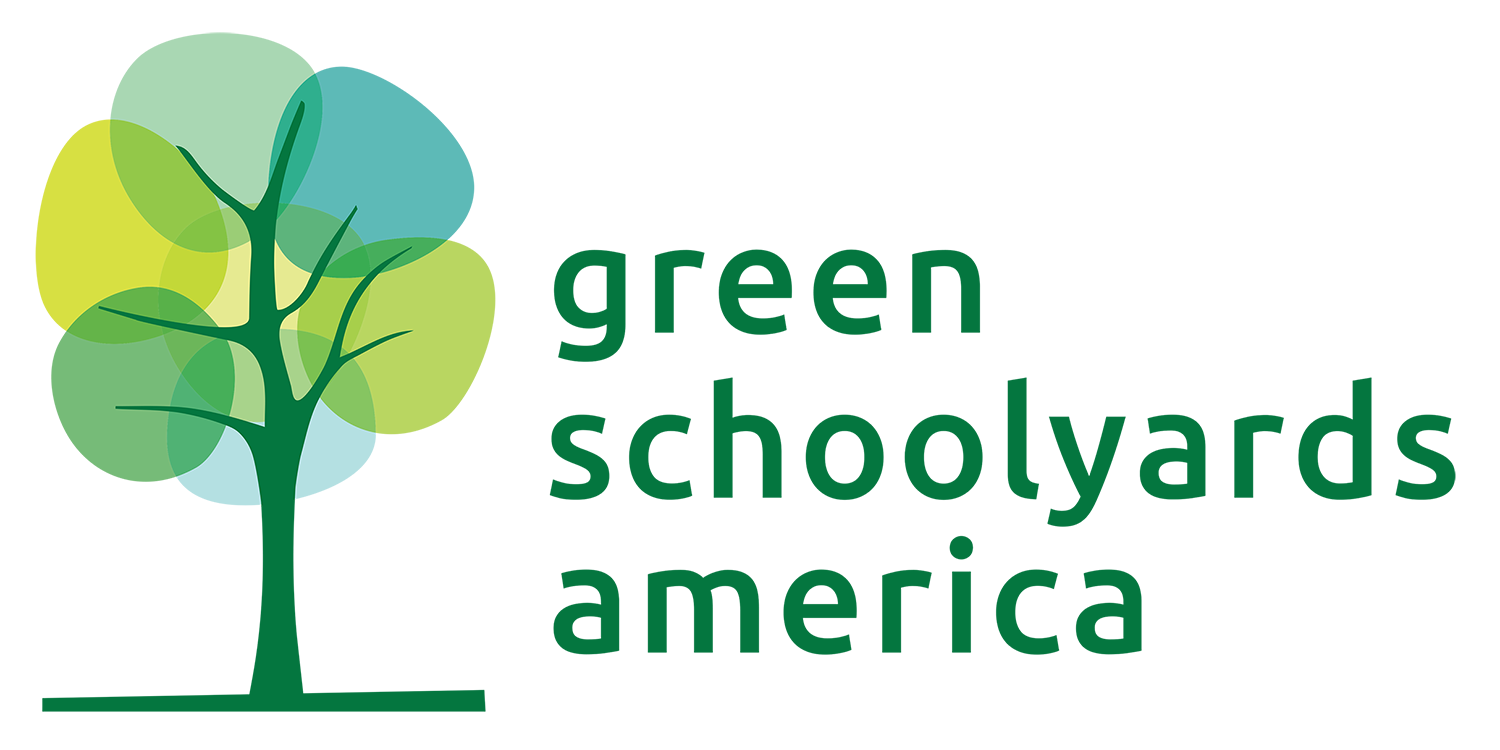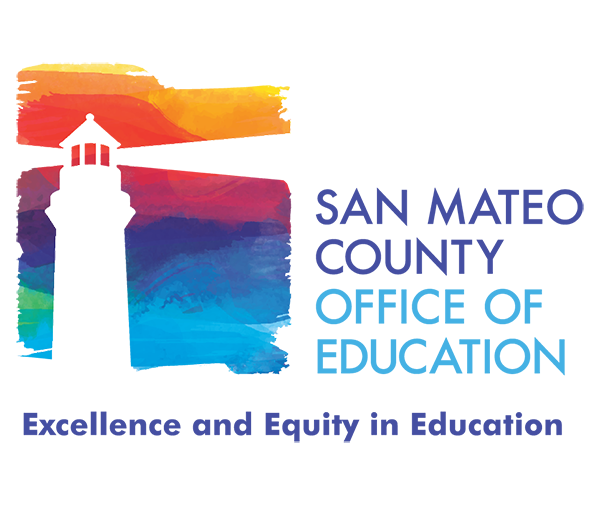Being Outdoors Improves Vision and Sleep
Humans evolved to be in sunlight from sunrise to sunset and it is only fairly recently that we have moved primarily indoors during the day. Studies show numerous physiological and health benefits from spending more time outdoors during the day, including:
Decreased incidence of myopia. Increasing the amount of time spent outdoors during the day reduces the incidence of myopia and slows the progression of existing myopia in children. The incidence of myopia is increasing worldwide and the current prevalence of myopia by ages 15-20 in the United States is over 50%. A 2019 meta analysis in children ages 4-14 recommended a minimum of 120 minutes of outdoor sunlight exposure at school per day to reduce the incidence of myopia.
Improved sleep/wake schedule. Increased time outdoors, especially in the morning, can help shift the sleep schedule of children, adolescents, and young adults earlier, making it easier for them to get to bed early and wake up in time for school. During puberty, the timing of sleep naturally shifts later so helping middle school and high school students to wake up earlier is especially important.
Longer sleep duration. Increased time outdoors in children and adolescents is correlated with longer sleep durations at night. A 2019 survey by the CDC (Youth Risk Behavior Survey) found 77.0% of high schoolers in the United States get fewer than the recommended 8 hours of sleep on school nights. The consequences of chronic sleep deprivation in teenagers are severe, leading to increased motor vehicle accidents, increased mood disorders, reduced academic performance, and increased risk taking behaviors. Increased sleep durations in teenagers have been shown to result in improvements in academic performance, reduced tardiness, improved athletic performance and reduced car accidents.
REFERENCES
Ho, C. L., Wu, W. F., & Liou, Y. M. (2019). Dose-Response Relationship of Outdoor Exposure and Myopia Indicators: A Systematic Review and Meta-Analysis of Various Research Methods. International journal of environmental research and public health, 16(14), 2595.
Lee, H., Kim, S., & Kim, D. (2014). Effects of exercise with or without light exposure on sleep quality and hormone responses. Journal of exercise nutrition & biochemistry, 18(3), 293–299.
Baradaran Mahdavi, S., Mansourian, M., Shams, E., Qorbani, M., Heshmat, R., Motlagh, M. E., Ziaodini, H., Dashti, R., Taheri, M., & Kelishadi, R. (2020). Association of Sunlight Exposure with Sleep Hours in Iranian Children and Adolescents: The CASPIAN-V Study. Journal of tropical pediatrics, 66(1), 4–14.
Luo, J., Cao, M., Sun, F., Shi, B., Wang, X., & Jing, J. (2020). Association Between Outdoor Activity and Insufficient Sleep in Chinese School-Aged Children. Medical science monitor: international medical journal of experimental and clinical research, 26, e921617.
Grzybowski, A., Kanclerz, P., Tsubota, K., Lanca, C., & Saw, S. M. (2020). A review on the epidemiology of myopia in school children worldwide. BMC ophthalmology, 20(1), 27.
Adolescent Sleep Working Group, Committee on Adolescence and Council on School Health. School start times for adolescents. Pediatrics, 2014 Sep; 134:642.
Credits
This article was written in January 2021 by Michelle Jonelis, MD, Sleep Medicine Physician.
The article was reviewed by Dr. Zach Pine, MD, Zach Pine Create with Nature.
National COVID-19 Outdoor Learning Initiative
The National COVID-19 Outdoor Learning Initiative supports schools and districts around the country in their efforts to reopen safely and equitably using outdoor spaces as strategic, cost-effective tools to increase physical distancing capacity onsite and provide access to abundant fresh air. The Initiative seeks to equitably improve learning, mental and physical health, and happiness for children and adults using an affordable, time-tested outdoor approach to keeping schools open during a pandemic.






